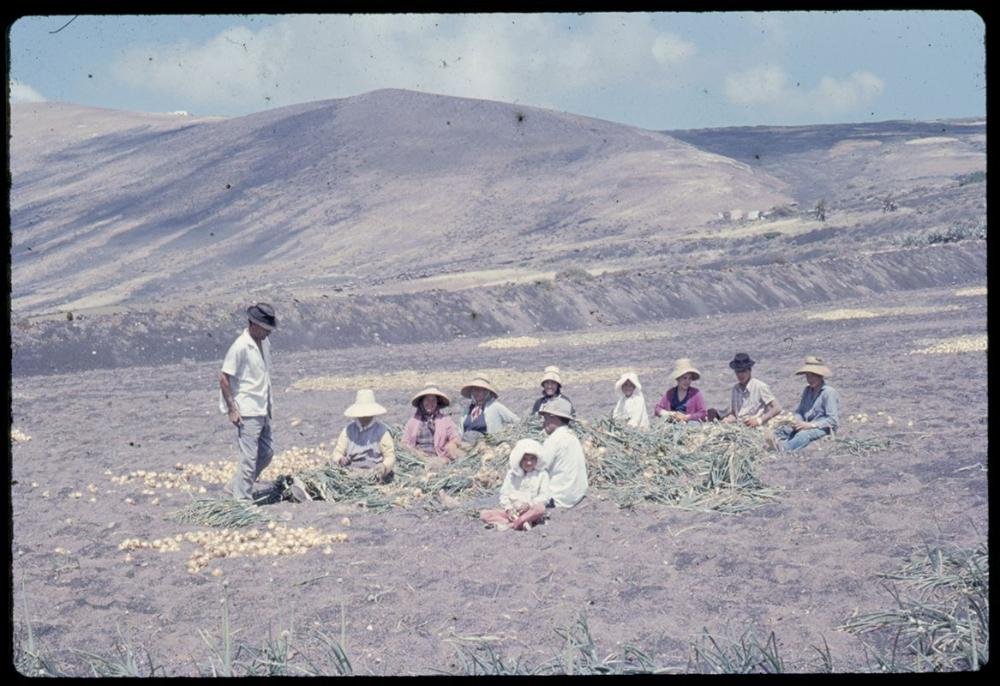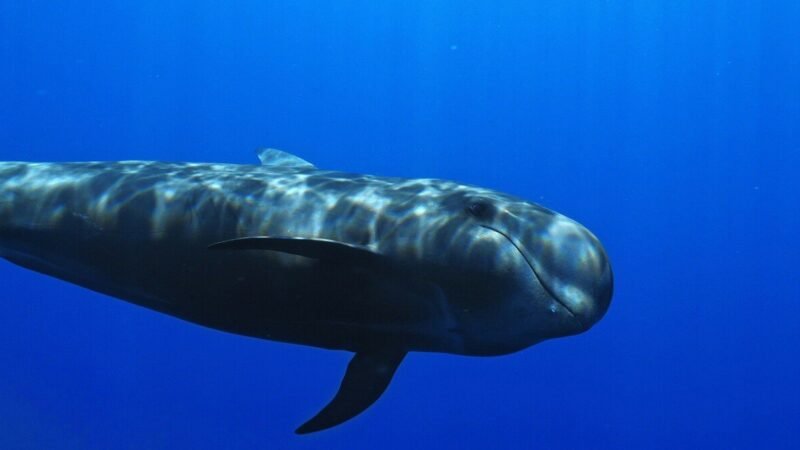Cabildo de Lanzarote y Los Campesinos lanzan campaña de recuperación de la memoria campesina

The Cabildo de Lanzarote, through the Memoria Digital de Lanzarote project in collaboration with the folk group Los Campesinos, has launched the campaign «Where there was land, memory remained», an initiative aimed at recovering and preserving the visual and cultural heritage linked to the island’s rural past.
The campaign aims to collect, digitize, and disseminate old photographs and films that document not only the daily life in the countryside, but also the customs, trades, traditional tools, agricultural landscapes, agricultural architecture – such as cisterns, threshing floors, haylofts, or dry stone walls – and the use of working animals, with special attention to the Lanzarote camel, a key figure in the island’s traditional agricultural model.
It is a broad look at the island’s rural world, including agricultural tasks as well as daily life in the rural environment, capturing visual testimonies of human effort to adapt to such a unique natural environment as that of Lanzarote.
The initiative has the collaboration of the folk group Los Campesinos, a reference in the defense of folklore and traditions of Lanzarote, reinforcing the participatory, cultural, and community nature of the project.
Ministry councilor Ascensión Toledo highlights the importance of the project as a heritage rescue action: «Although there is quite a bit of material, we are convinced that there are still many audiovisual archives about rural life in Lanzarote that are not known and deserve to be rescued and preserved. That is why we make the Memoria Digital de Lanzarote service available to the public, to digitize for free all those photos and films that reflect the rural memory of the island. Additionally, it is a way to pay tribute to those who made life possible on this volcanic land,» declared the councilor.
For his part, Miguel A. Corujo, president of Los Campesinos, stated that this campaign «is essential, as we seek to preserve the memory of our farmers and ranchers. We want to preserve their wisdom, effort, and way of inhabiting the landscape, as they deserve to be remembered, shared, and protected for future generations.»
The Cabildo de Lanzarote and Los Campesinos call on the public to participate in this collective effort by contributing images, videos, or any visual document related to the rural world of Lanzarote. All material will be digitized, documented, and made publicly available through the Memoria Digital de Lanzarote portal, thus consolidating an accessible and living archive of the island’s memory.
Memoria Digital de Lanzarote is responsible for providing free digitization, returning all originals, and delivering a digitized copy to the owners. All this is done free of charge.
Interested individuals can contact through the following means:
– WhatsApp or calls on mobile: 620 145 820
– Email: memoria@cabildodelanzarote.com
– Cabildo de Lanzarote landline: 928 810 100 (ext. 3006)
About Memoria Digital de Lanzarote:
The Cabildo de Lanzarote, through the Memoria Digital de Lanzarote project, part of the Data Center Department of the Corporation, has been contributing for over eighteen years to the conservation of the island’s history by locating, digitizing, documenting, and disseminating old archives of all kinds, mainly documents, photographs, and audiovisual archives (films, videos, etc.).
Currently, the project has digitized over 100,000 documents, and has more than 16,000 photographs, 867 documents, 444 videos, and 84 audio files available on its website www.memoriadelanzarote.com.
Among its most prominent collections are those of Javier Reyes Acuña, Jacinto Alonso, the documentary fund of the Tourist Centers, Nicolás Muller, the family of Heraclio Niz «El Pollo de Arrecife», former president Antonio Lorenzo Martín, the Wagner-Carroza collection, or Diego Cuscoy, among many others.
Websites: www.memoriadelanzarote.com; www.loscampesinoslanzarote.com.
FUENTE




